Summary
- Multiclassing at higher levels can be powerful, offering unique builds and options for optimization.
- The Singing Rogue and the Sneaky Bard are recommended builds prioritizing certain classes at specific levels.
- Unique multiclassing options like the Triple Threat or Tinker Tailor Soldier Spy can create versatile characters.
Multiclassing is a great way to add additional flavor and flare to your Dungeons & Dragons character. Of course, multiclassing means you might miss out on some capstone, high-level abilities, but that doesn’t mean you shouldn’t do it, even at higher levels. Multiclassing late in your campaign can prove to be really powerful. Of course, you’ll want to make sure your DM allows multiclassing too.

Related
Dungeons & Dragons: Best Weapons For Expert Players
Almost every single class in D&D can wield a weapon of some kind. But, which ones are the best for expert players?
But, what are the best builds and options available for multiclassing at higher levels? If you’re wondering what levels you should take at levels 18, 19, or even 20, here are some of the best builds for multiclassing at high levels.
10
The Singing Rogue
|
Classes |
Levels |
|---|---|
|
Rogue |
18 |
|
Bard |
2 |
For this first multiclass option, you’ll want to prioritize rogue and go almost to your capstone ability. Then, right at the last second, take two levels of bard to add some fun flavor to your character, and add some additional expertise to your stats.
Because both rogues and bards benefit from expertise, this will guarantee that your level 20 stats will be immensely powerful. Plus having access to Jack of All Trades and some Bardic Inspiration never hurt anyone, and will make your rogue more of a support flex class.
9
The Sneaky Bard
|
Classes |
Levels |
|---|---|
|
Bard |
18 |
|
Rogue |
2 |
This next option is the reverse of the above. Take 18 levels in bard, and then your final two levels in rogue. This grants you access to another round of expertise for your stats, which will make your character extremely optimized for your last couple of sessions.
Plus, with two levels of rogue under your belt, you’ll gain access to some Weapon Mastery, Sneak Attack, and a Cunning Action, which can make your bard’s action economy more flexible and powerful. Plus, that little extra bit of Sneak Attack damage can make a big difference.
8
Barbarous Fighter
|
Classes |
Levels |
|---|---|
|
Fighter |
18 |
|
Barbarian |
2 |
Is your fighter feeling a little too noble or lawful? Add two levels of barbarian to your build to make them more of a tank at the 11th hour. Adding these levels right before you get to level 20 grants you a couple of different boons.
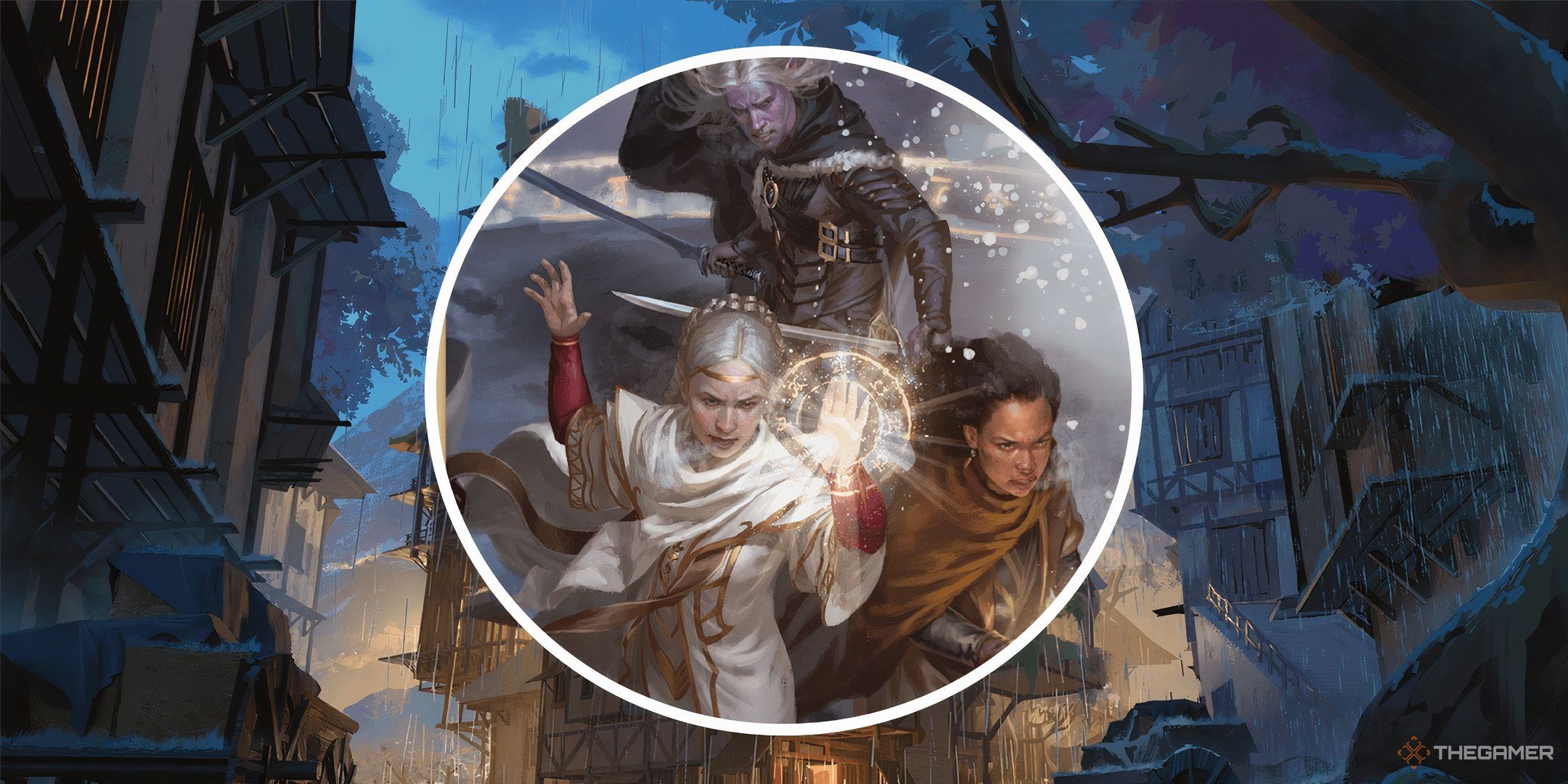
Related
Dungeons & Dragons: How To Play Past Level 20
Have your players reached level 20 in your Dungeons & Dragons campaign, but still want more? Here’s how to keep playing.
First, you’ll gain access to Rage, making your melee fighter that much more dangerous up close. You can also gain Weapon Mastery and Reckless attack, which grants you advantage on attacks. Plus, if you’re not happy with your armor, you can use the Unarmored Defense feature for barbarians if it helps boost you.
7
Late In Life Believer
|
Classes |
Levels |
|---|---|
|
Fighter |
17 |
|
Paladin |
3 |
There’s no reason your fighter can’t find faith later in their campaign. For this build, you’ll still want to prioritize fighter through level 17. This ensures that you get two uses of Action Surge and three uses of Indomitable. While you will lose out on three extra attacks, multiclassing as a paladin gets you some extra benefits.
First, you’ll gain access to some healing with Lay On Hands, which you can use on yourself in addition to your Second Wind. This will make you tankier on the field of battle. Additionally, you’ll get access to an additional Fighting Style and Smite, which can increase your damage a lot. Plus, you get some spells to round out your character.
6
Triple Threat
|
Classes |
Levels |
|---|---|
|
Fighter |
17 |
|
Rogue |
2 |
|
Ranger |
1 |
This next multiclass option functions similarly to the previous one. First, you’ll want to take 17 levels of fighter to get that extra use of Action Surge and Indomitable. Then, take two levels of rogue to gain access to Sneak Attack damage and a Cunning Action, boosting your action economy.
Finally, you’ll want to take one level in ranger. This gives you Weapon Mastery, and some light spellcasting (unless you already are playing a spellcasting fighter subclass). But, even if you are playing a spellcasting fighter subclass, level-one rangers always have the spell Hunter’s Mark prepared. This means with your Sneak Attack and Hunter’s mark, you’ll increase your damage nicely.
5
Tinker Tailor Soldier Spy
|
Classes |
Levels |
|---|---|
|
Artificer |
16 |
|
Fighter |
2 |
|
Rogue |
2 |
Artificers are a fantastic, severely underrated class in Dungeons & Dragons. You can also have a lot of fun with their build at high levels. For this build, take 16 levels of artificer so that you gain access to as many Ability Score improvements as you can as well as an additional specialist feature.
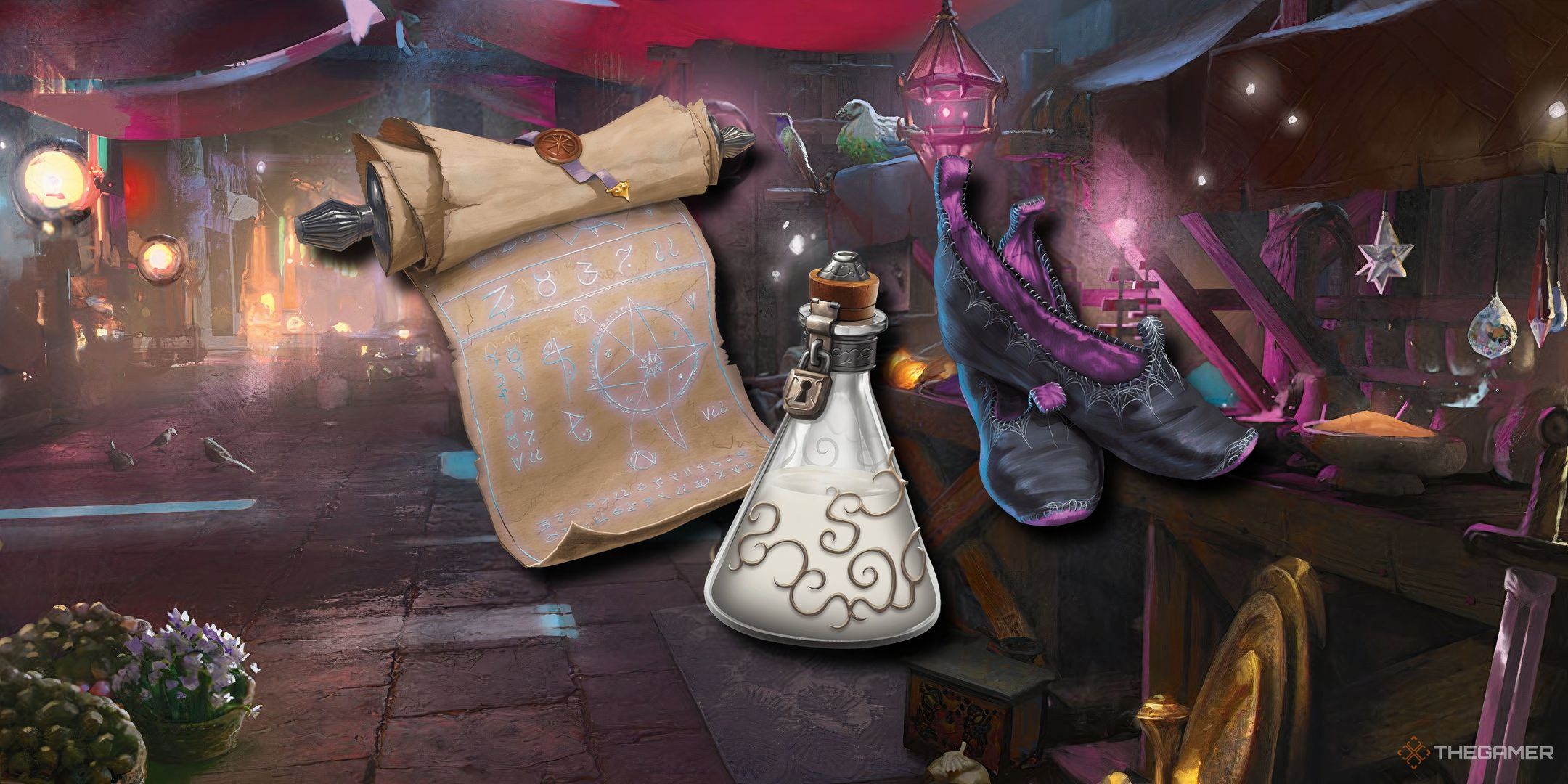
Related
Dungeons & Dragons: Best Items For Expert Players
Bored of your current build? Check out these powerful magic items for advanced D&D players.
Then take two levels of fighter and two levels of rogue. In this manner, you gain access to Sneak Attack and Expertise for rogue, and more importantly, Action Surge for fighter. This will make your high-intelligence artificer a bit beefier on the battlefield and less susceptible to damage. Plus, you have Second Wind, meaning you can heal yourself a bit.
4
Focus, Focus, Focus
|
Classes |
Levels |
|---|---|
|
Cleric |
17 |
|
Monk |
3 |
Both monks and clerics prioritize Wisdom as one of their primary stats, making this multiclass a rare, but well-optimized choice. You’ll want to focus on cleric and get as many subclass features as possible. Plus, leveling up to level 17 will ensure you get access to a least one ninth-level spell slot.
Then, take three levels in monk to gain the following features: Deflect Attacks, Marital Arts, and Monk’s Focus. This will grant you access to abilities like Flurry of Blows, Patient Defense, and Step of the Wind. Flurry of Blows might not prove all that helpful, but being able to spend focus points to disengage and dash as a bonus action will make your tanky cleric more mobile on the field of battle.
3
Beefy Rogue
|
Classes |
Levels |
|---|---|
|
Rogue |
18 |
|
Barbarian |
2 |
Rogues are a great all-around class, with incredibly high damage. But, you can increase this damage even more by stacking barbarian features like Rage and Reckless Attack on top of it.
While, of course, rogues can get advantage on attacks by hiding or flanking, being able to grant yourself advantage, and therefore Sneak Attack, by using Reckless Attack can ensure that you are getting the most out of your Sneak Attack feature. Plus, you can add Rage damage to this as well, ensuring that you become a broken DPS class.
2
The Classic Coffeelock
|
Classes |
Levels |
|---|---|
|
Sorcerer |
14 |
|
Warlock |
6 |
Coffeelock is a classic multiclass build that’s known for its brokenness. For higher levels of play, it’s worth considering focusing primarily on the sorcerer class to get as many high-level spell slots as you can and then taking a handful of levels in warlock to gain the ability to regain spells on a short rest.
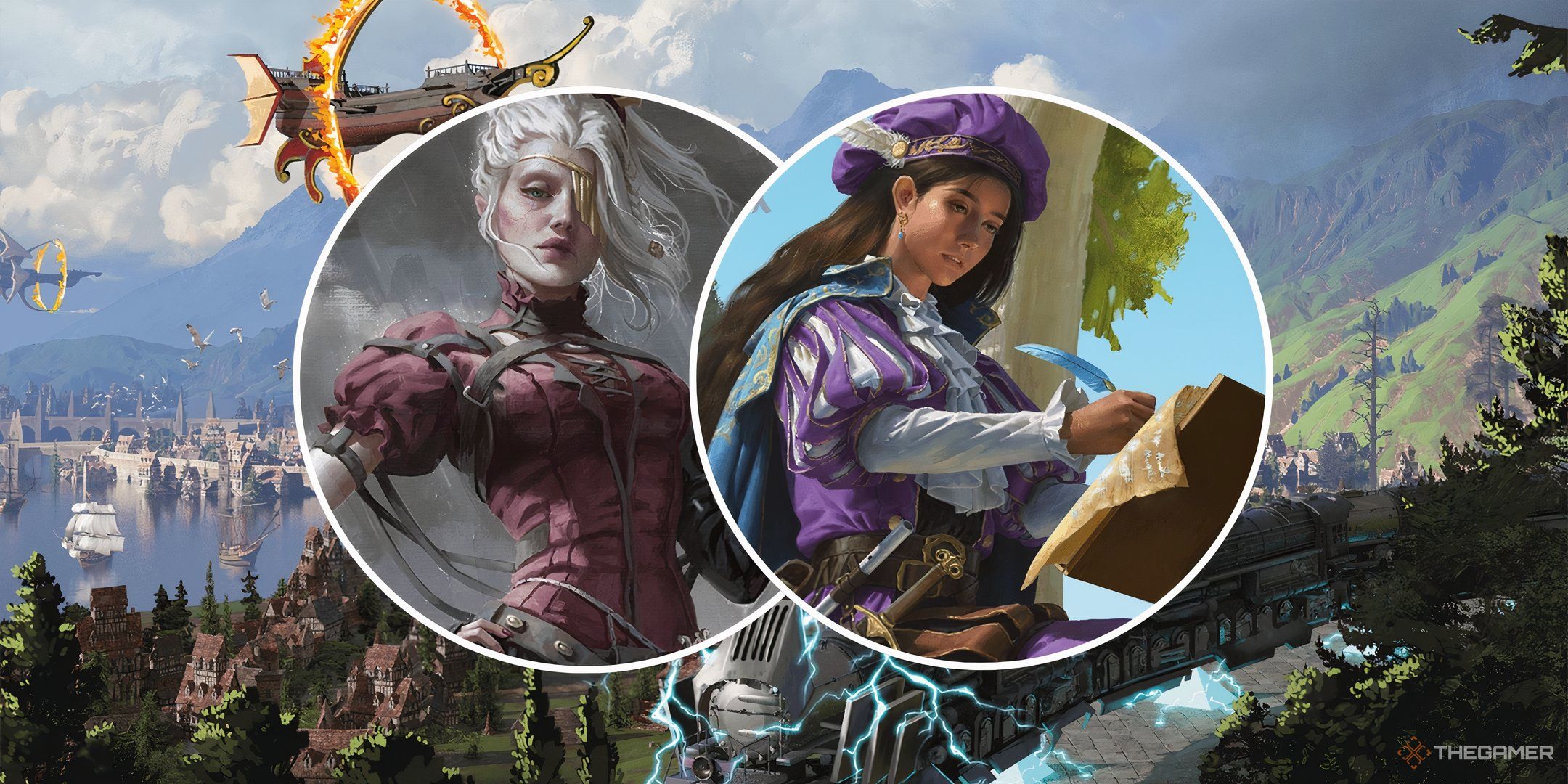
Related
Dungeons & Dragons: 10 Tips For Playing Multiple Characters
Interested in playing multiple characters in your Dungeons & Dragons campaign? Here’s how.
You’ll want to make sure you level up to at least level six in warlock for a few reasons. One, you’ll get a least one warlock subclass feature of your choice. Plus, you’ll have access to five Eldritch Invocations. This can really help you tailor your spellcasting ability to your liking.
1
Master Of Nature
|
Classes |
Levels |
|---|---|
|
Druid |
17 |
|
Ranger |
3 |
This last build is more fun than anything, but being a master of nature by multiclassing as part druid part ranger can also be highly optimized. Level up to level 17 as a druid first so that you can gain access to at least one ninth-level spell.
Then, you’ll want to take three levels of ranger so that you gain access to a ranger subclass. For this build, we recommend beast master, so you can gain access to a primal companion. This means you can even wildshape and fight alongside your companion as a similar animal, which makes for really fun flavor.
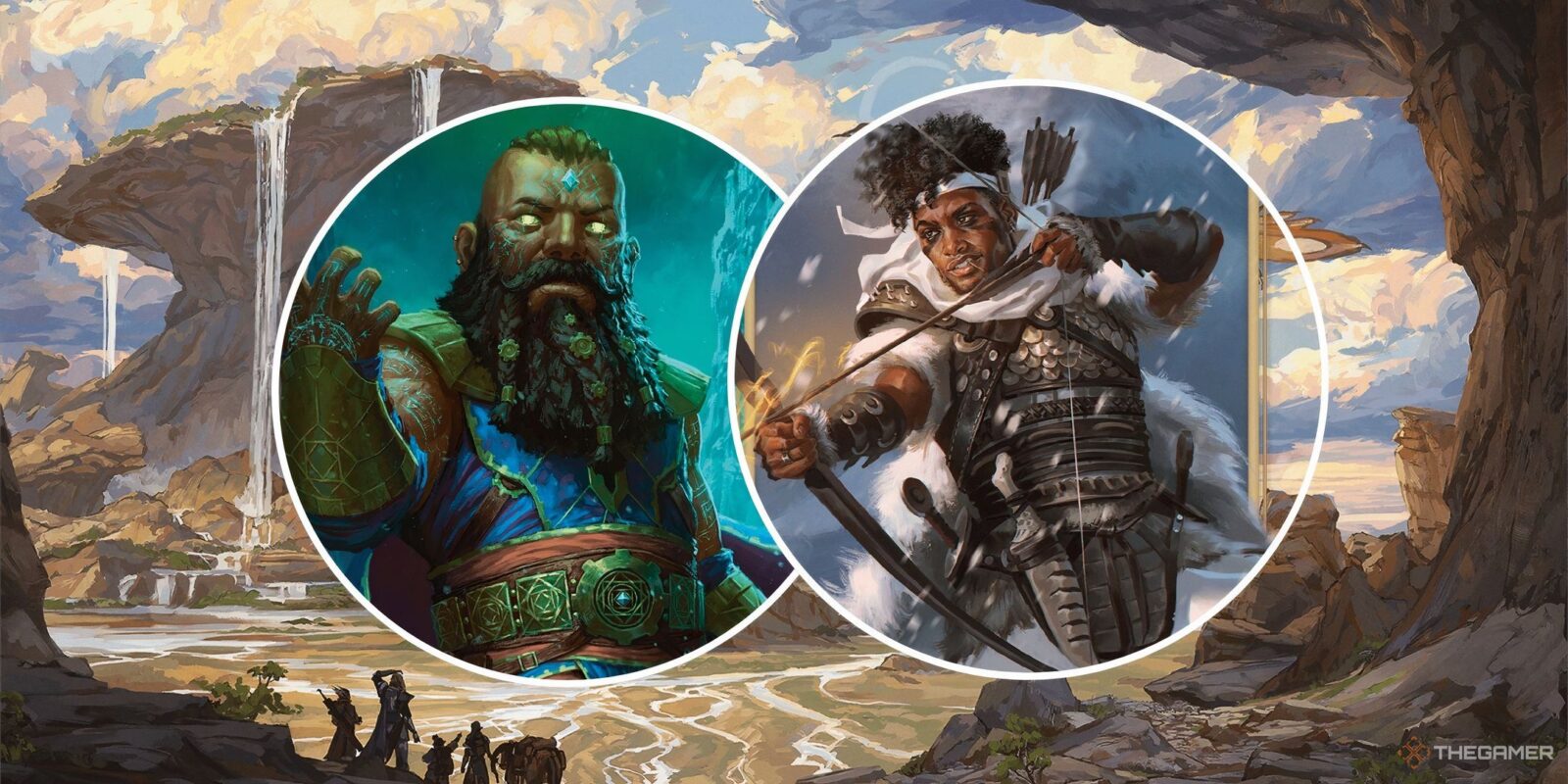
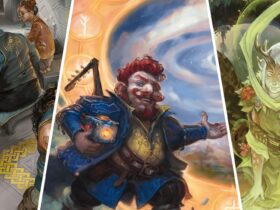
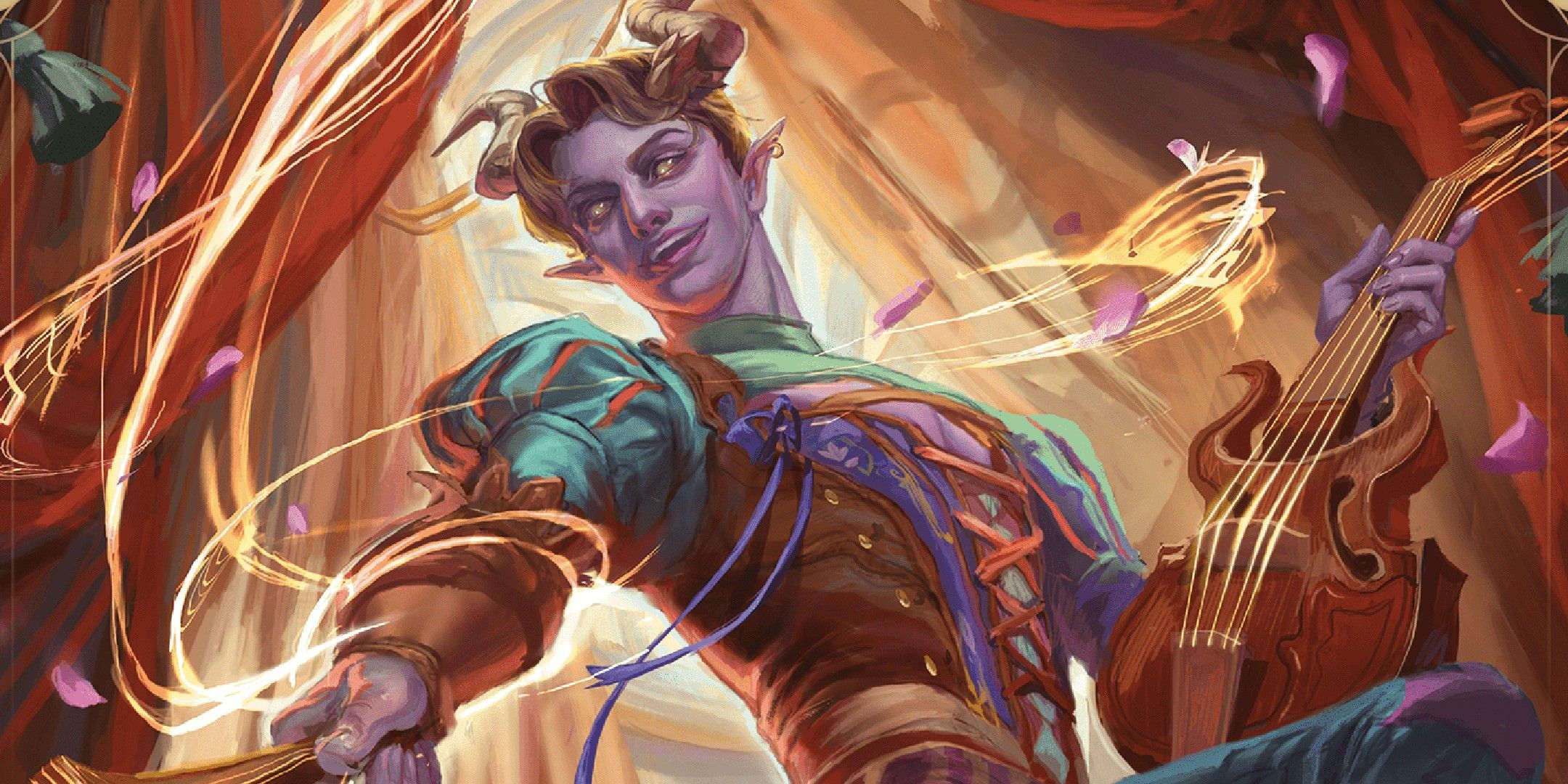
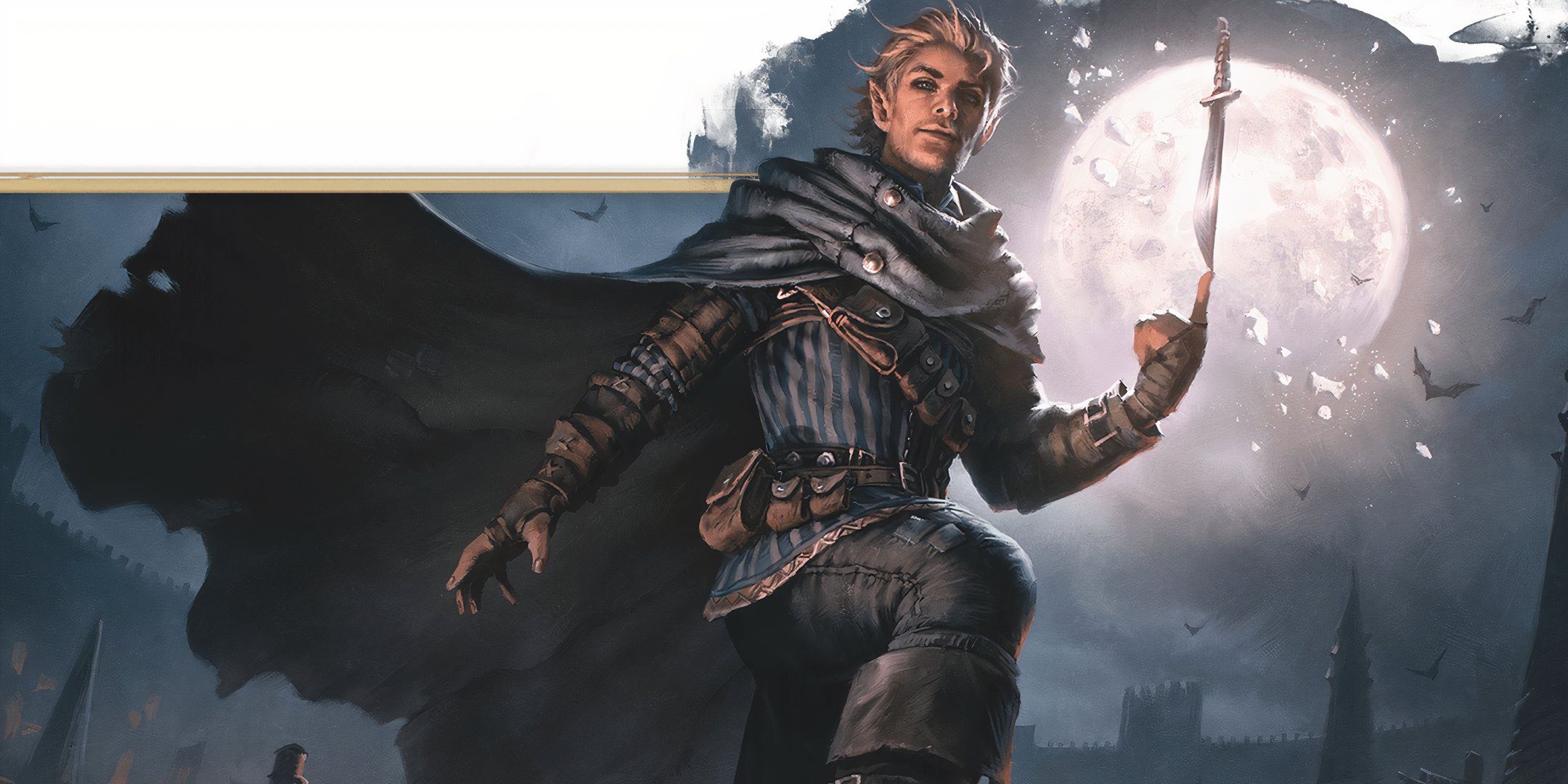
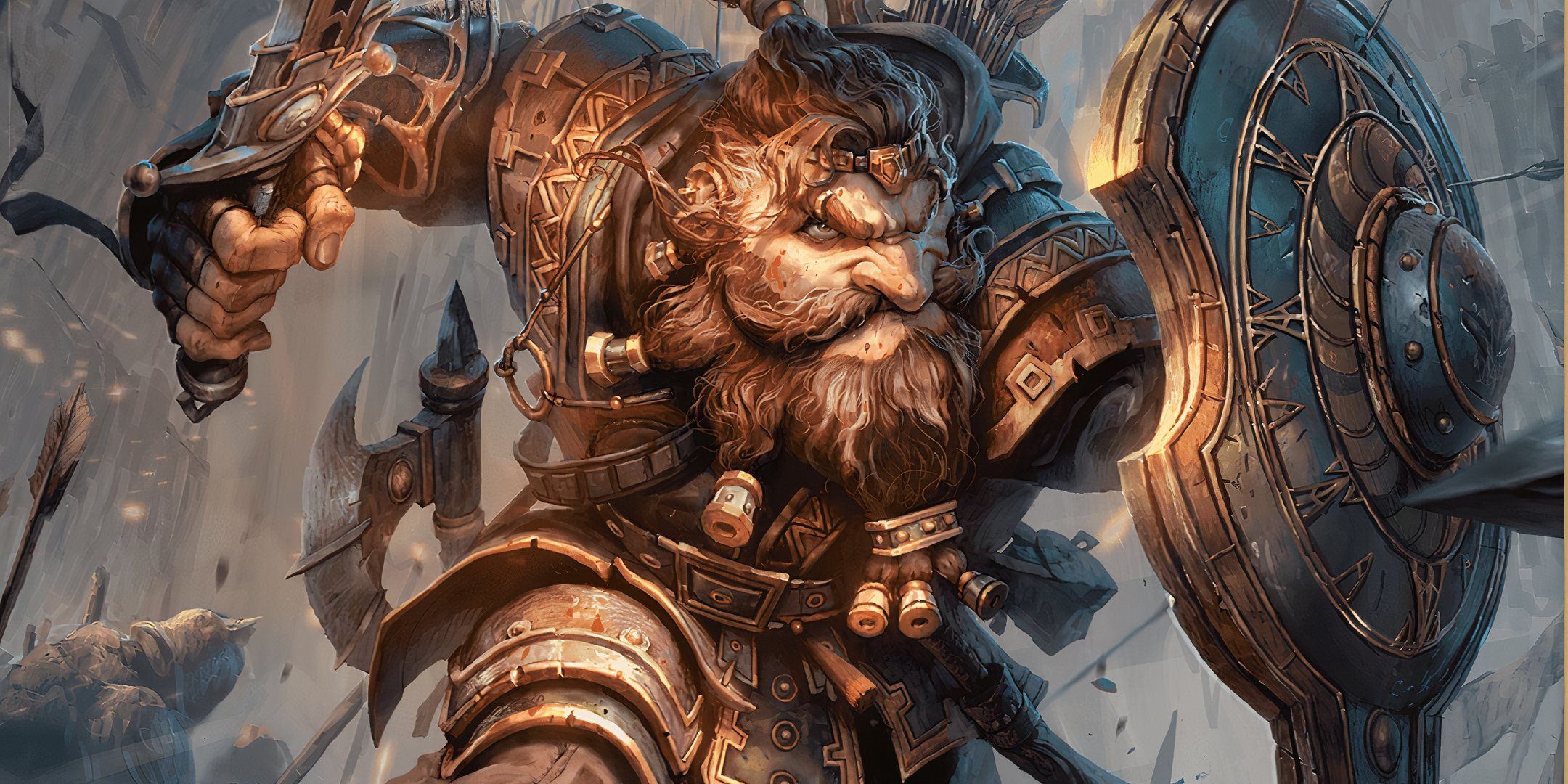
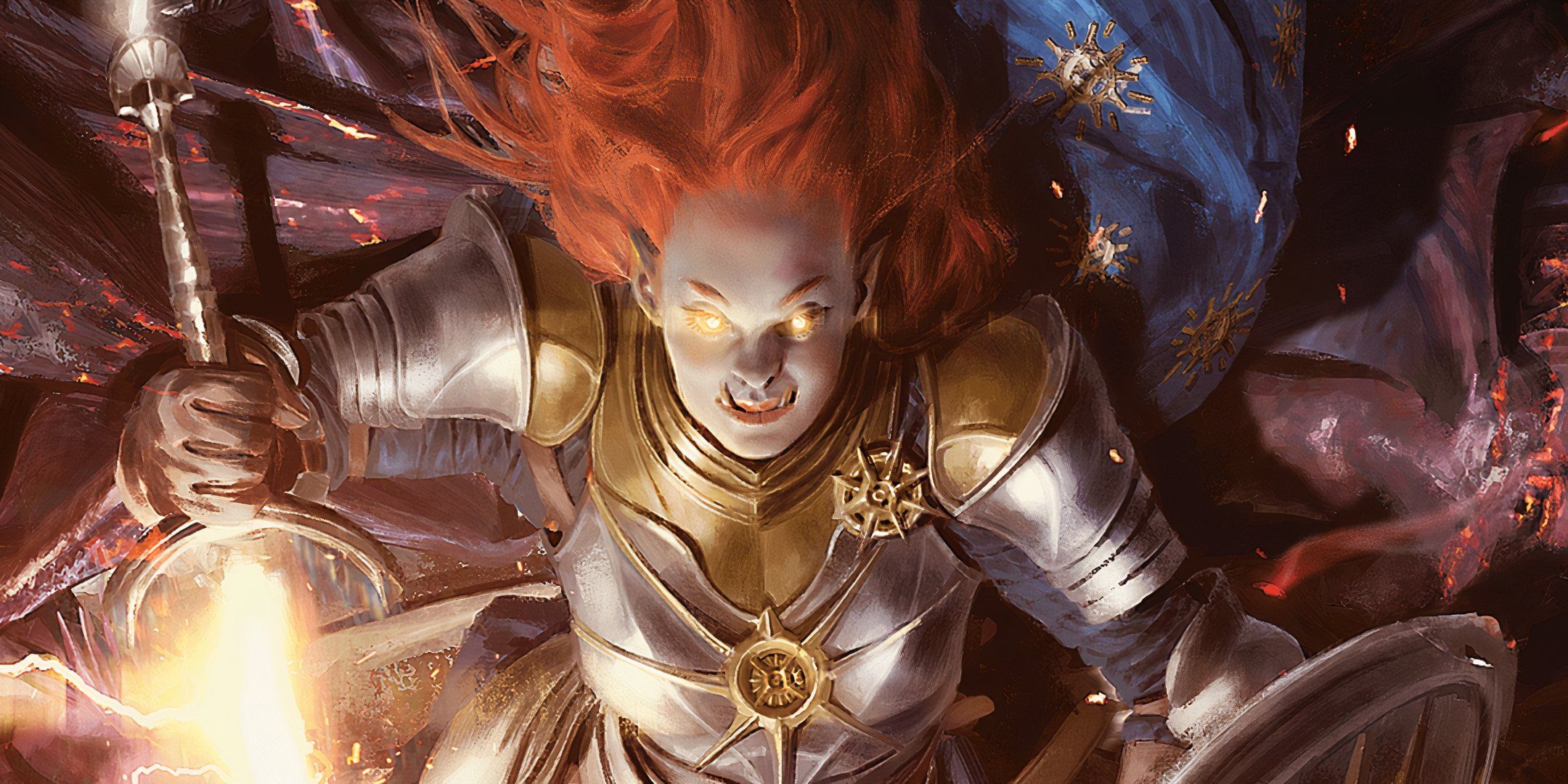


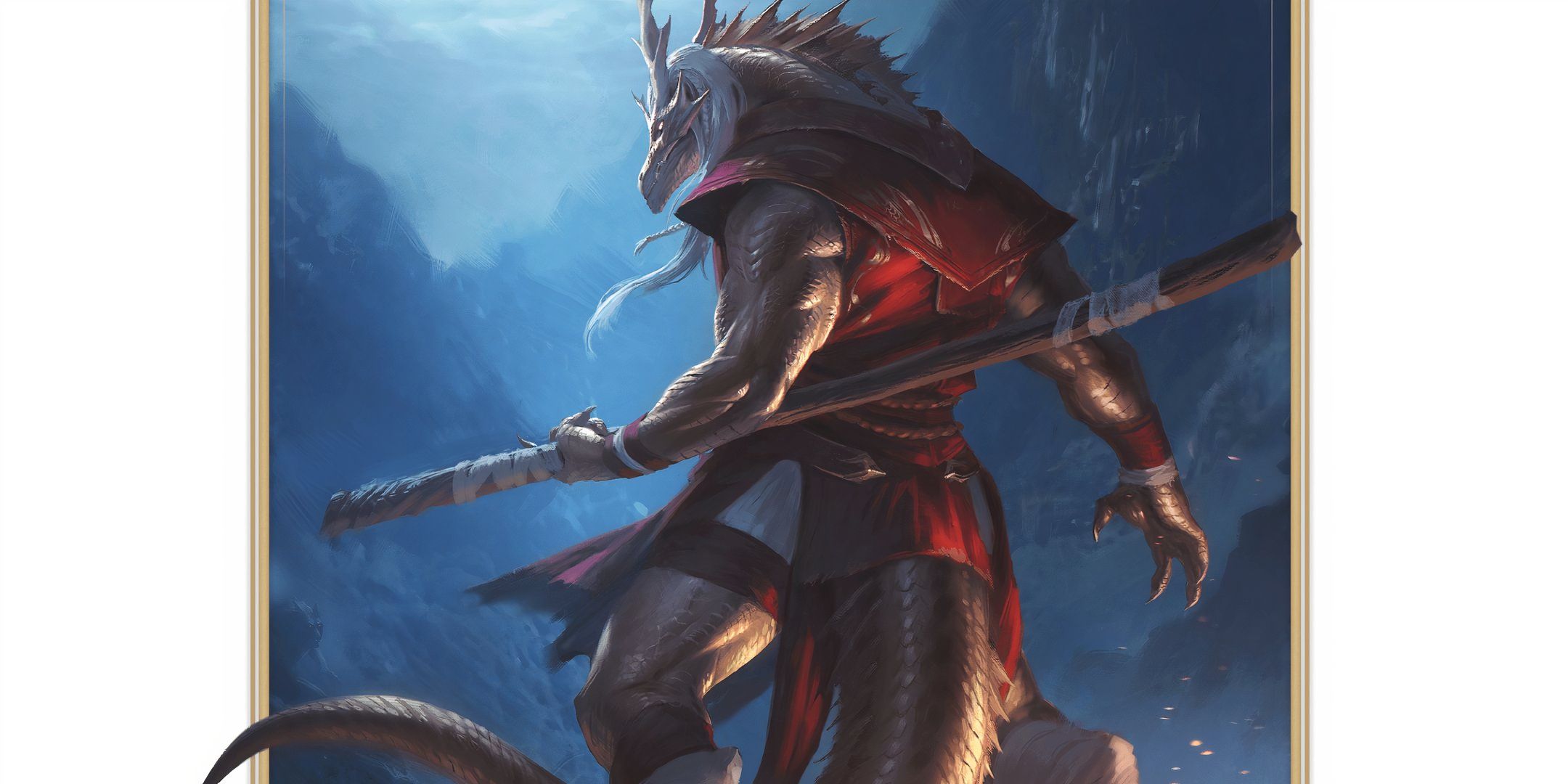
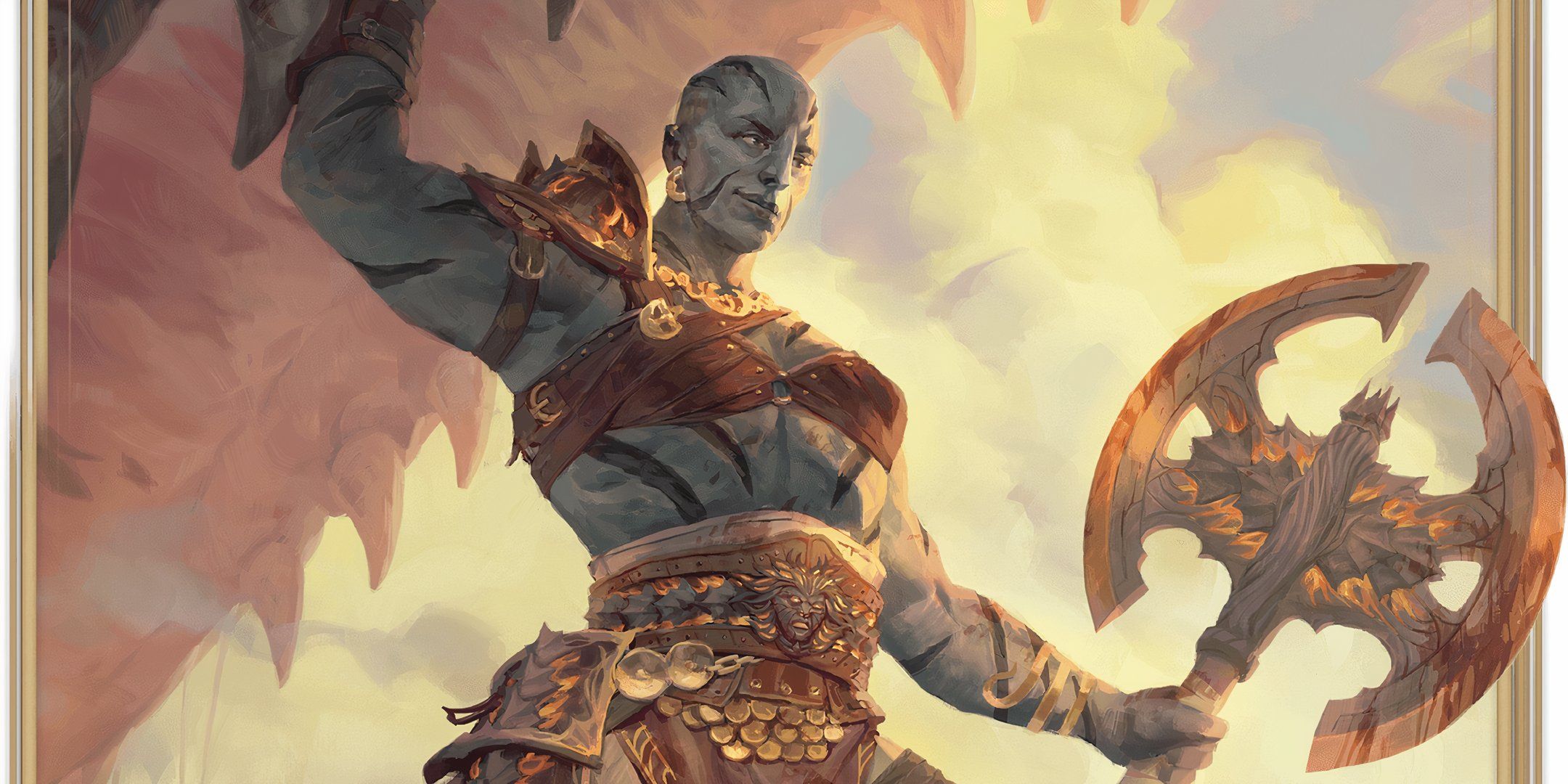
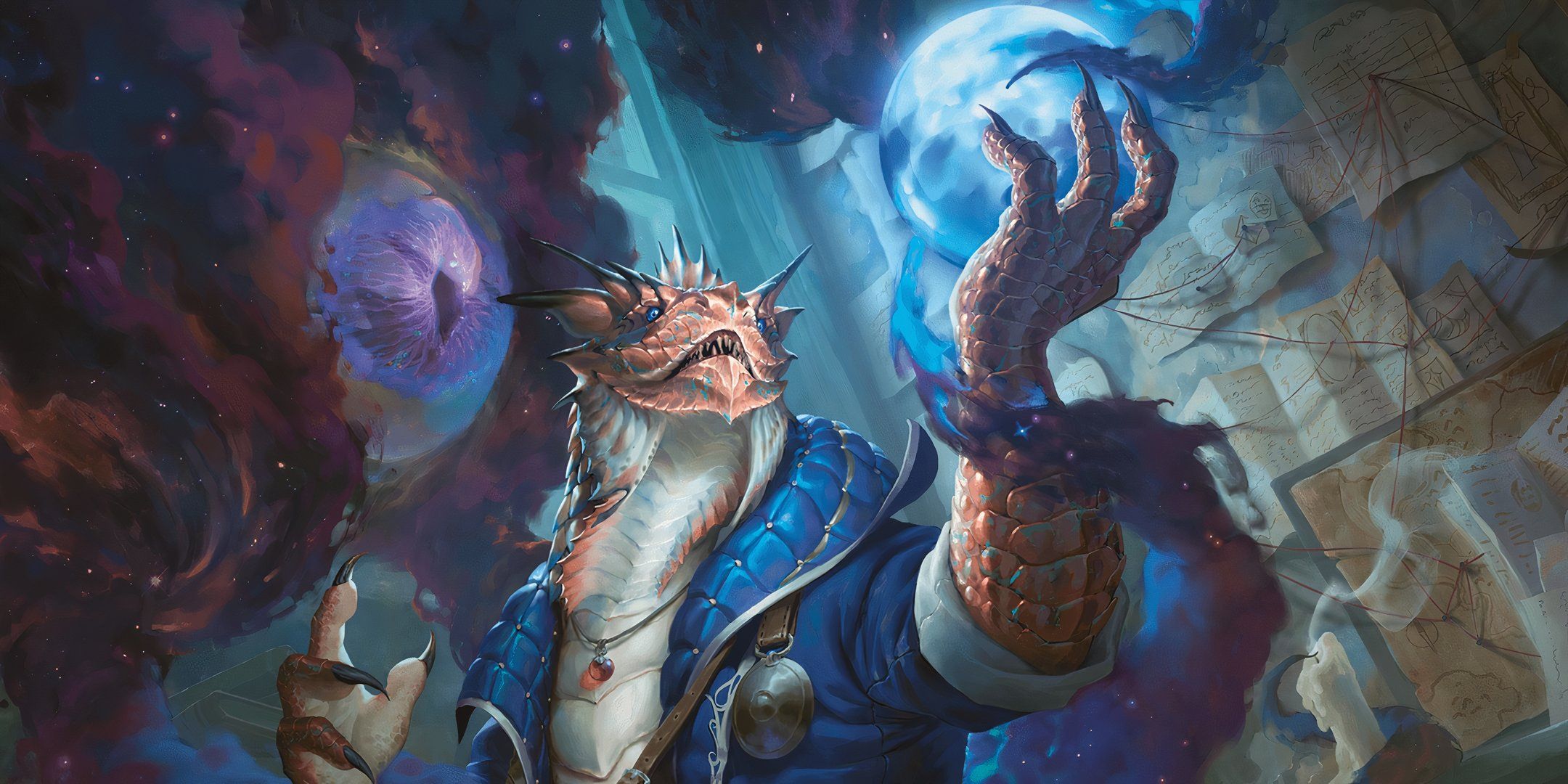





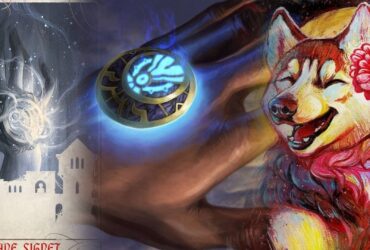

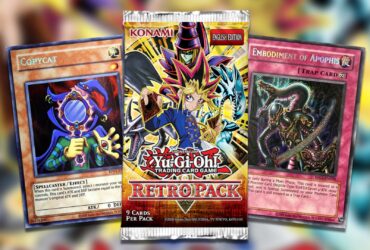



Leave a Reply